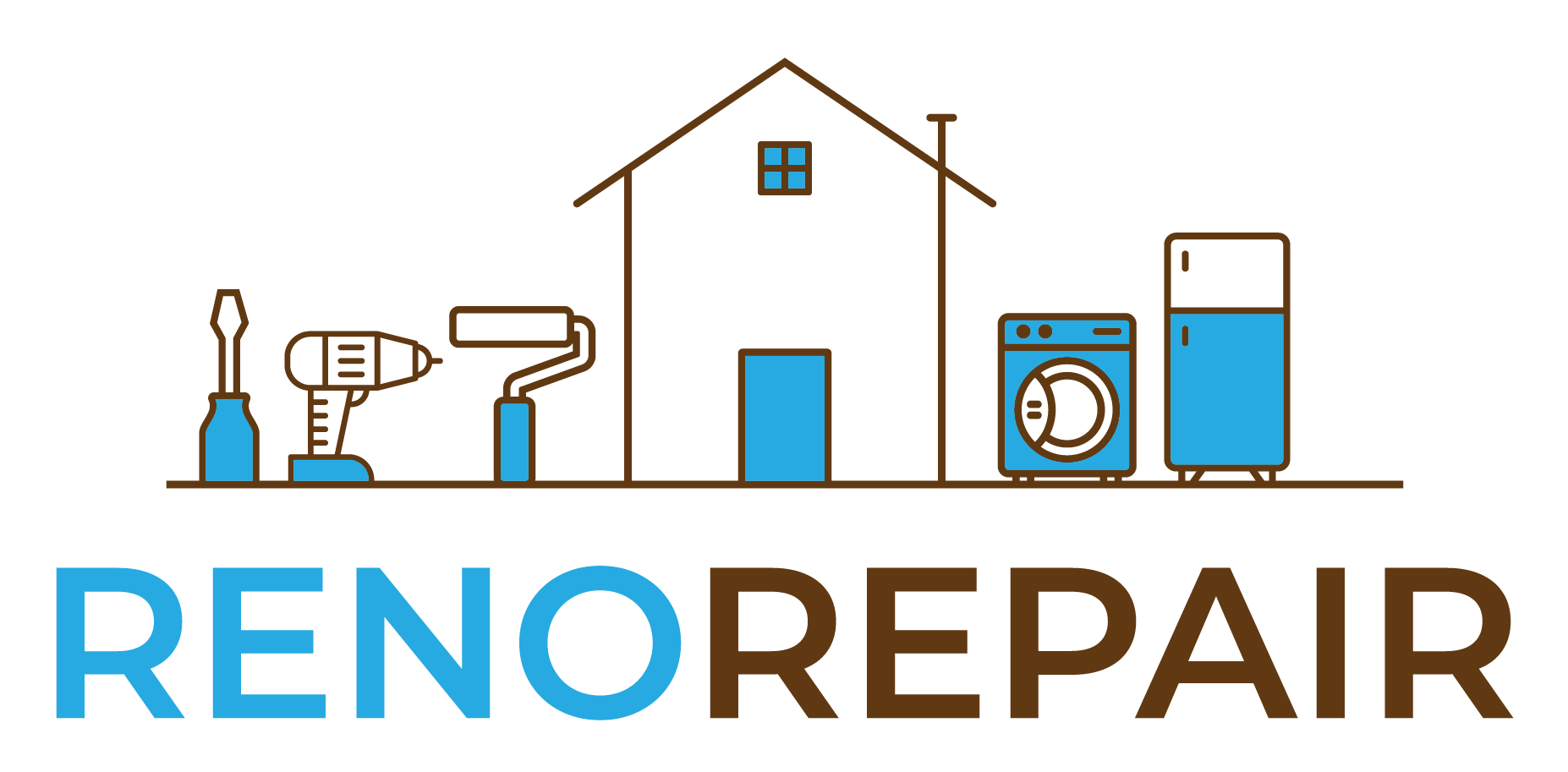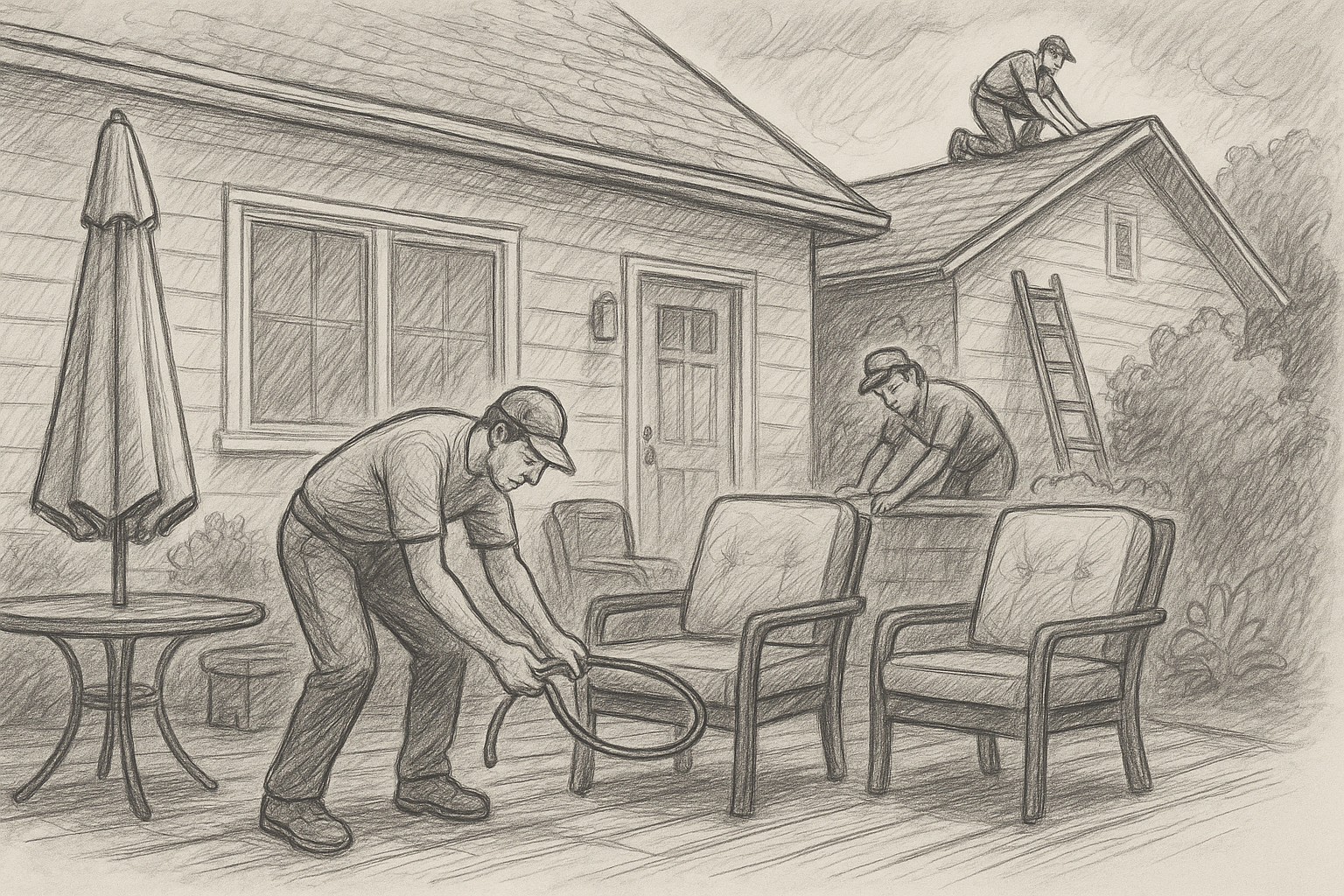Summer Thunderstorm Protection Guide
Late summer storms are a familiar part of life in the Greater Toronto and Hamilton Area. While many pass quickly, some bring high winds, heavy rain, and power outages. Taking a few simple precautions can help protect your home—and give you peace of mind when the weather takes a turn.
Here’s a practical checklist to help prepare your home for summer storms.
1. Secure Loose Outdoor Items
Patio furniture, garden tools, BBQs, and toys can become hazards in high winds. Before a storm rolls in, check that:
- Chairs and tables are stacked or tied down
- Umbrellas are closed and secured
- Bins, bikes, and decor are moved into a garage or shed if possible
A quick walkthrough of your yard can prevent unnecessary damage—to your home or your neighbour’s.
2. Trim Dead or Overhanging Branches
Tree limbs can snap off during a storm and cause serious damage to roofs, fences, or vehicles. Even healthy trees should be assessed for:
- Dead or weak branches near the house
- Overgrowth near power lines (contact the city or hydro company for these)
- Large limbs hanging over windows or patios
If it’s a small job, you might be able to trim it yourself with proper safety gear. For anything involving a ladder or large trees, it’s best to call a professional.
3. Check and Clean Your Eavestroughs
Blocked gutters and downspouts are a common cause of water damage during storms. Make sure:
- Leaves and debris are cleared from the eavestrough
- Downspouts are aimed away from your foundation
- Water flows freely when you test with a hose
This small task can prevent major issues like basement leaks and wood rot.
4. Test Your Sump Pump
If your home has a sump pump, now is the time to make sure it’s ready:
- Plug it in and pour a bucket of water into the sump pit—does it turn on?
- Check that the discharge pipe isn’t blocked or frozen
- Consider a backup battery or water-powered system if power outages are frequent
Sump pumps are one of those systems you don’t think about—until you really need them.
5. Install Surge Protectors for Electronics
Power surges during lightning storms can damage appliances, modems, and computers. Surge protectors are inexpensive and easy to install. Consider:
- Plugging in your home office equipment or entertainment centre into surge strips
- Asking an electrician about whole-home surge protection for added safety
It’s a simple layer of protection that can save hundreds in replacement costs.
6. Check for Roof Leaks and Weak Spots
Storms often reveal problems that were already there. Before the next heavy rain, look for:
- Water stains on the ceiling or attic
- Loose shingles or flashing
- Visible gaps near vents or chimneys
If you’re not comfortable getting on a ladder, a flat-rate handyman visit can include a visual inspection of the roof and attic.
7. Seal Doors and Windows
Wind-driven rain can find its way through small cracks. Check that:
- Weatherstripping around doors is intact
- Caulking around windows is in good condition
- Basement windows are well sealed
Over time, these small gaps can lead to water damage and higher energy bills.
When to Call in Help
Some storm-proofing tasks are DIY-friendly. Others—like roof inspections, high branch trimming, or checking attic ventilation—are best handled by someone with the right tools and experience.
If you’d like a second pair of eyes on your home’s storm readiness, consider booking a flat-rate handyman visit. It’s a practical way to catch issues early and stay ahead of the next storm.
RenoRepair.ca connects you with trusted local pros for flat-rate home fixes in the GTHA. No quotes. No confusion. Just the fix.

